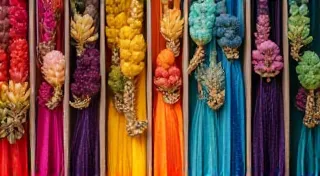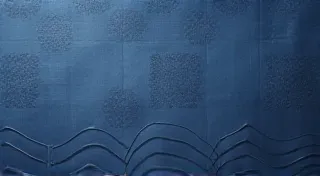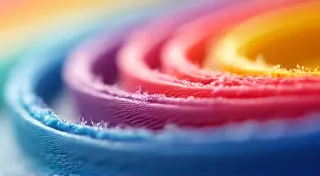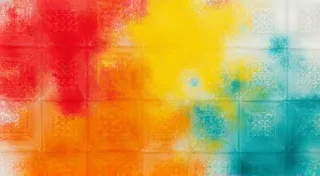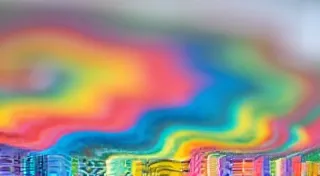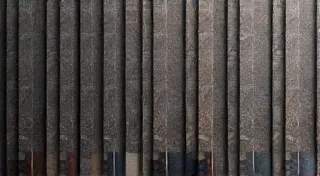Advanced Paper Marbling Techniques: Mastering the Flow
You’ve dipped your toes into the beautiful world of paper marbling. You're comfortable with basic patterns, and the mesmerizing dance of colors on the water captivates you. But now, you're ready to push your skills further. This guide dives into advanced paper marbling techniques, exploring how to create complex designs, control the flow of colors, and ultimately, elevate your marbled paper to an art form.
Understanding the Foundations – Revisited
Before venturing into advanced techniques, it’s crucial to reinforce your understanding of the foundational elements. Consistency is key. Your water should be properly cleaned and sized (alizarin crimson is a good choice, though others work). Your paints need to be the right consistency – not too thick, not too thin – and your paper must be well-sized to prevent bleeding.
Technique 1: Multiple Pattern Integration – Weaving Complexity
One of the most visually stunning advancements is the integration of multiple patterns within a single sheet of paper. This isn't just about layering colors; it’s about understanding how different techniques interact.
Start by establishing one pattern – perhaps a simple Stone Pattern. Allow it to settle slightly. Now, using a completely different technique – let’s say a comb pattern – carefully introduce a new set of colors on top. The key is to consider how the new pattern will subtly alter the existing one. The edges of the comb pattern will disrupt the flow of the Stone Pattern, creating a layered effect.
Experiment with different combinations. Try a spray pattern over a rake pattern, or a string pattern blended with a newspaper effect. The possibilities are vast. The more familiar you become with individual techniques, the better you'll be at predicting how they’re going to merge.
Troubleshooting Multiple Patterns: If the patterns become muddy and indistinct, it usually means your paint consistency is off, or you've added too many colors at once. Start with fewer colors and build gradually.
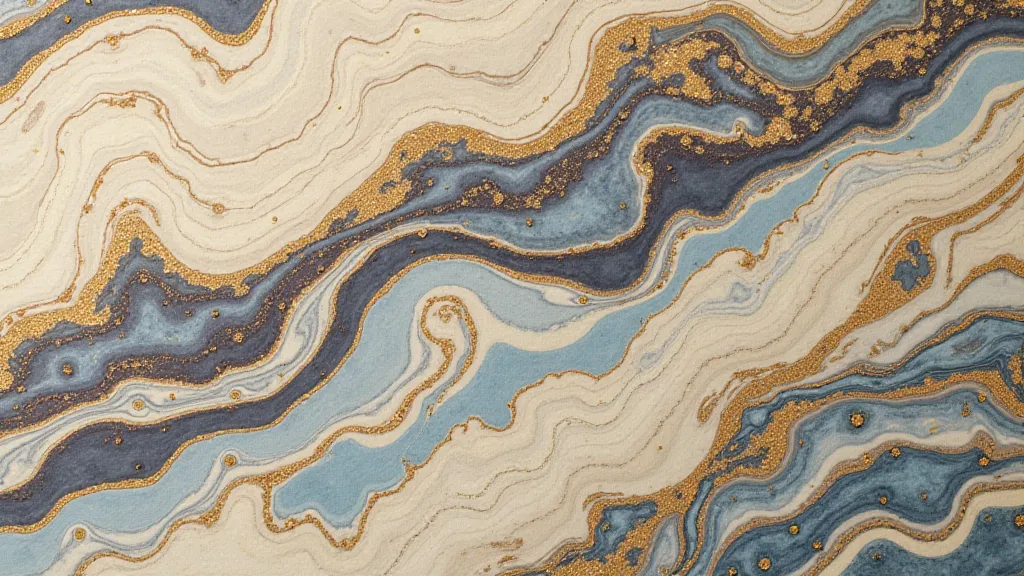
Technique 2: Controlled Designs – Directing the Flow
While the randomness of paper marbling is beautiful, the ability to exert some degree of control opens up entirely new creative avenues. This is achieved through manipulating the flow of the paint.
Using Bellows: A small, handheld bellows can be used to gently push and direct the paint across the surface of the water. This allows you to create elongated patterns, push colors into specific areas, or even create defined shapes.
Employing Sticks and Tools: Thin sticks, skewers, or even customized tools can be used to ‘herd’ the colors. Imagine using a stick to draw a line of swirling paint, or using it to create a gradient effect.
Wind Manipulation: (Requires careful practice and safety precautions) Gentle, controlled fans can be used to subtly influence the direction of the paint. This is particularly useful for creating wispy or flowing designs, but it can be tricky to master as even a slight change in airflow can dramatically alter the outcome.
Controlled Draining: Instead of simply lifting the paper straight up, try draining it at a slight angle. This can create unique streaks and patterns as the excess paint runs off. The angle and speed of the drain directly influence the result.
Technique 3: The “Veined” or “Flowering” Effect – Precision and Lightness
This technique focuses on creating delicate, organic patterns that resemble veins or flower petals. It's all about precise color placement and gentle movement.
Begin with a base pattern – often a simple Stone or Comb pattern. The key is to introduce a contrasting color, often white or a pale shade, *after* the base pattern has partially settled. Instead of letting the contrasting color spread freely, use a fine-tipped tool, like a toothpick or a carefully trimmed feather, to subtly guide it outwards.
Imagine drawing the veins of a leaf or the petals of a flower, carefully pulling the color in the desired direction. The beauty of this technique lies in the negative space – the areas where the base pattern shows through, creating a sense of depth and intricacy.
Tips for Veining: Work quickly but carefully. The colors need to be slightly mobile, but not so runny that they blur together. Practice on smaller sheets of paper until you feel comfortable with the technique.
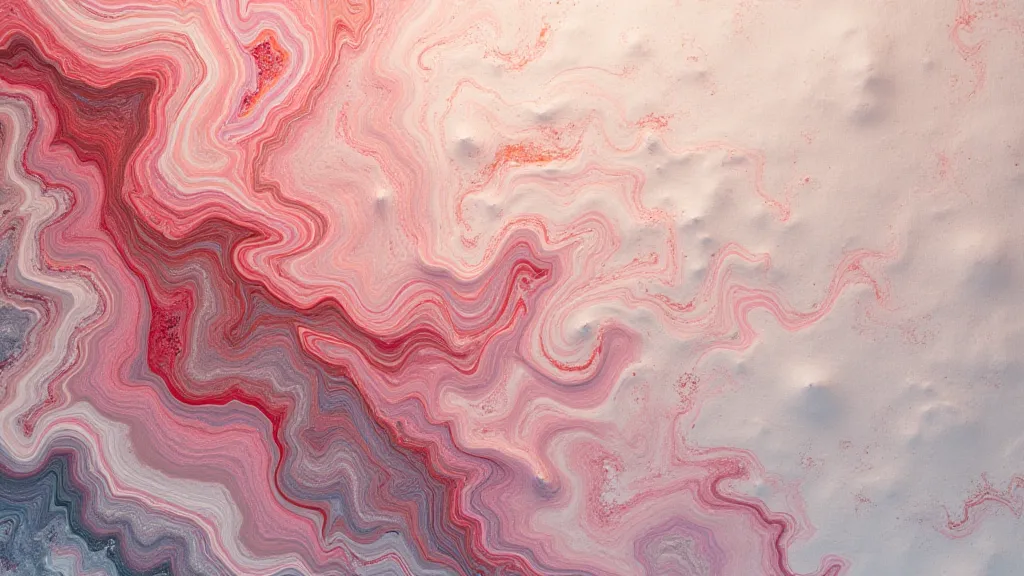
Technique 4: The "Newsprint" Effect – Texture and Randomness Controlled
The Newsprint effect typically involves gently rolling a sheet of newspaper across the surface of the marbling water. It’s a seemingly random technique, but you can subtly influence the outcome.
Controlling the Pressure: Experiment with varying the pressure applied to the newspaper as you roll it. Lighter pressure will result in more delicate, broken patterns, while heavier pressure will create more defined shapes.
Directional Rolling: Instead of rolling the newspaper across the entire surface, try rolling it in a specific direction. This will create a directional flow to the pattern, adding visual interest.
Layering Newsprint: Apply multiple layers of newspaper patterns, using different colors and pressures each time. This will create a complex and layered effect, where the underlying patterns are subtly visible through the top layer.
Mastering the Art - Practice and Experimentation
Advanced paper marbling isn't about following rules; it’s about pushing boundaries and discovering new possibilities. These techniques are merely starting points. Don't be afraid to experiment, combine different approaches, and develop your own unique style.
Document Your Progress: Keep a detailed journal of your experiments. Note the colors you used, the techniques you employed, and the results you achieved. This will help you learn from your successes and failures and refine your process over time.
Embrace Imperfection: Paper marbling is inherently unpredictable. Don’t be discouraged by unexpected results. Sometimes, the most beautiful patterns arise from happy accidents.
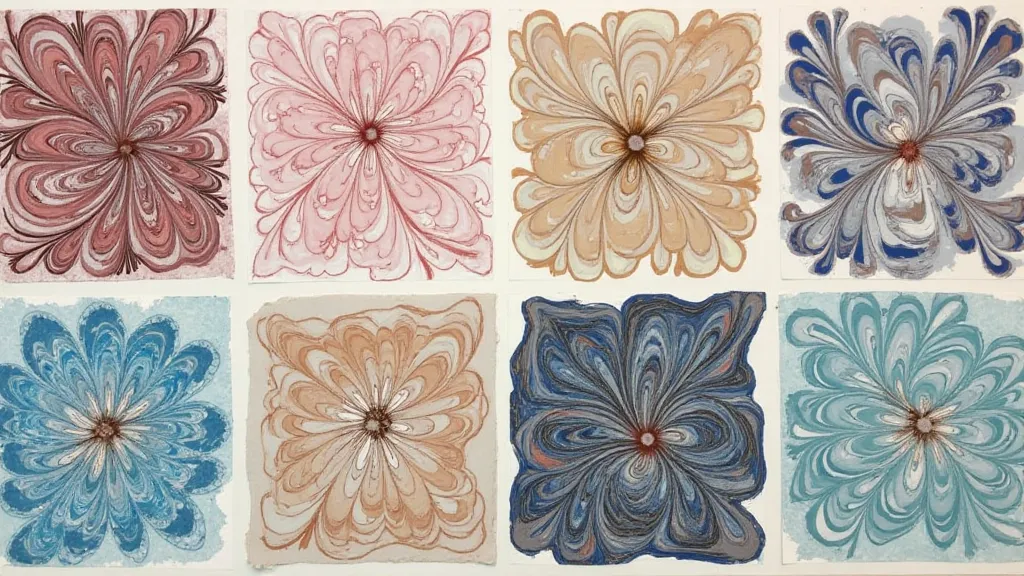
Conclusion
The journey to mastering advanced paper marbling techniques is a continuous process of learning, experimentation, and discovery. By embracing the challenge and pushing your creative boundaries, you’ll unlock the full potential of this captivating art form and create truly stunning marbled paper.
